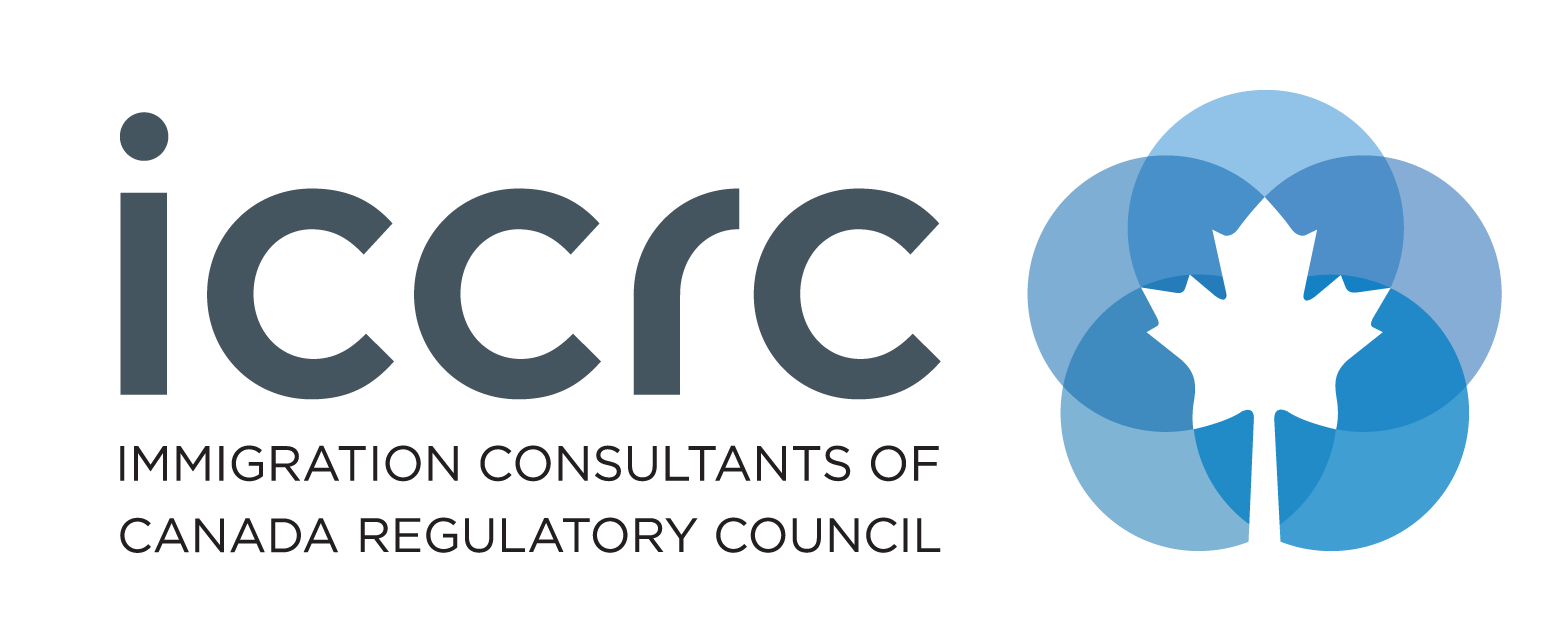Canada work permit
A Canadian work permit allows you to live and work in the country, even though you do not have permanent residence status in Canada. Every year, Canada issues around half a million work permits. Those who are in temporary work permit in Canada have many options to apply for and obtain permanent residence in Canada.
Eligibility requirements for Canada work permit
In order to obtain a Canada work permit, a candidate must meet the following requirements:
- Demonstrate the intention to leave Canada once the validity period of their work permit expires
- Demonstrate that they have sufficient funds to support themselves and their families while they are in Canada and even after they return home.
- Prove that they are not criminally or medically inadmissible to Canada
- Demonstrate their intention to work with an eligible employer
- Provide necessary documents to prove their eligibilities
Types of Canada work permit
Canadian work permits are of two types:
- Employer-specific work permit
- Open work permit
Employer-specific work permit
The employer-specific work permit allows you to work in Canada based on factors such as
- The name of the employer you would be working for
- Period of employment
- The location of the work, if applicable.
In order to obtain an employer-specific work permit, you must have obtained the following things from your employer:
- A copy of the employment contract
- A copy of a Labour Market Impact Assessment (LMIA)
- An offer of employment number for LMIA-exempt workers. An employer obtains this number from the Employer Portal.If an employer does not use the Employer Portal, they must provide you the copy of employment contract
Open Work Permit
Unlike an employer-specific work permit, an open work permit allows you to work for any employer. The following categories of persons are eligible to apply for an open work permit:
- An international graduate who has completed their education in a Designated Learning Institution(DLI) in
- Canada and are eligible for a Post-graduation Work Permit
- An employer-specific work permit holder who is being abused or at the risk of being abused at the workplace.
- Those who have already applied for permanent residence in Canada
- A dependent family member of a person who has applied for Canada PR
- Spouse/common-law partner of a skilled worker/international student
- Spouse/common-law partner of an applicant under the Atlantic Immigration Program
- A temporary resident permit holder
- A young worker participating in special programs
Canada Work Permit Programs
Those which require LMIA
- Temporary Foreign Worker Program (TFWP)
- Facilitated LMIA (Quebec)
- Global Talent Stream
Those which does not require LMIA (Job offer/employment contract mandatory)
- International Mobility Program (IMP)
- NAFTA Work Permits
- CETA Work Permits
- Intra-Company Transfers
- Open Work Permits (no job offer)
Open Work Permits or those which does not require job offer/employment contract
- Post-Graduation Work Permits (PGWP)
- Spousal Sponsorship from Inside of Canada
- International Experience Canada (IEC)
- Bridging Open Work Permit (BOWP)
- Spouse Accompanying International Student or Worker
Bringing your spouse/common law partner to Canada
If you are planning to come to Canada after obtaining a work permit, you may bring your family members to Canada as well. However, they need to apply to visit or work or study in Canada. They can apply at the same time as you. If they are planning to work in Canada, they can apply for an open work permit. If they are not eligible to obtain an open work permit, they may apply for some other type of work permit. If they don’t plan to work in Canada, they can come to Canada as a visitor or student. The dependent children of an applicant for work permit may also come to Canada as a visitor or student.
Applying for Canada work permit
While submitting your application for Canada work permit online, you also need to submit your biometrics details including fingerprints and photo. Once the authorities receive your application for Canada work permit, they will make sure that your application includes all the necessary documents including biometrics. If the application is incomplete, it will be returned without processing.
The authorities will also check:
- Whether the employer meets all the requirements for hiring you.
- Whether you qualify for a work permit.
- Some applicants may receive an invitation to go for an interview with Canada immigration officials in their native country. They may also be asked to furnish more documents.
- You will also need to clear the medical exam to enter Canada.
After your application for work permit is approved:
- You will receive a letter saying you are allowed to work in Canada. This is not essentially a work permit, but is called the port of entry letter of introduction.
- You must present this letter at the port of entry, when you arrive in Canada.
- From the port of entry, you will receive a work permit.
Information included in Canada work permit
Your Canada work permit will include the following information:
- The type of work you are allowed to do
- The employer for whom you can work
- Where you can work
- How long you can work
When you come to Canada to live and work in the country on a temporary work permit, you must bring the following documents:
- Passport
- Visitor visa(if you need one)
- Any travel documents that you carry
- Your port of entry letter of introduction
- Proof of work experience and education
- A copy of positive Labour Market Impact Assessment (LMIA) obtained by your employer, if necessary.
- A copy of the certificat d’acceptation du Québec (CAQ), if you are going to work in Quebec and your employer needed an LMIA
- The offer of employment number that your employer received when they submitted the offer of employment through the Employer Portal. This is applicable if you are LMIA exempt and are coming to Canada to work for a specific employer.
Faster processing of Canada work permit under Global Skills Strategy
Canada introduced the Global Skills Strategy Program to make it easier for Canadian employers hire foreign talents. Under the Program, applicants can have their application for work permit processed within 2 weeks.
For this, those who do not require an LMIA must meet the following requirements:
- They should be applying from outside Canada
- Their job must be classified under Training, Education, Experience and Responsibilities (TEER) category 0 or 1 of the National Occupational Classification (NOC) system.
- Their employer must have submitted an offer of employment using the Employer Portal. They must also have paid compliance fee.
Those who require an LMIA are eligible for two-week processing, if:
- They are applying from outside Canada
- They have obtained a positive LMIA through the Global Talent Stream of the Temporary Foreign Worker Program
Do you wish to know in detail about obtaining a Canada work permit? Talk to the Canada immigration experts of Orchid Emigration



